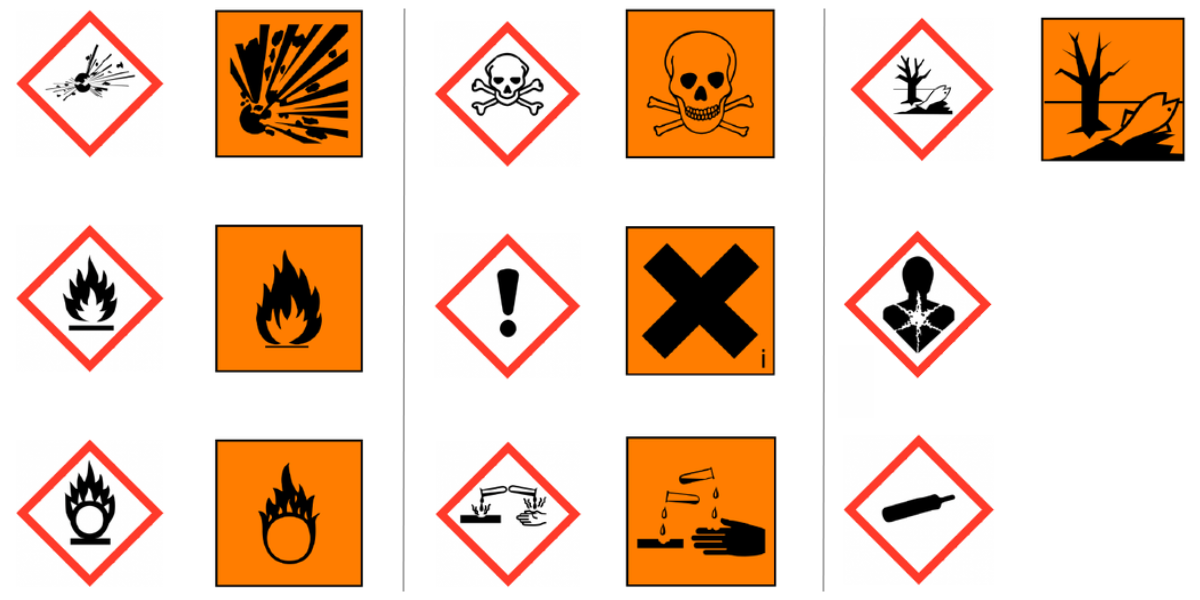In this blog post, we tell you everything about hazard symbols and their meaning. We also discuss when a product receives a symbol and which hazard symbols are outdated.
GHS hazard symbols, also known as CLP pictograms, are the symbols of the Globally Harmonized System of Classification, Labelling and Packaging and are important symbols used to communicate the hazards of chemicals in a quick and efficient manner. GHS hazard symbols are designed to be used worldwide, so that anyone, regardless of language, can quickly and efficiently understand the hazards of a chemical substance.
It is very important to know these GHS hazard symbols so that you can take the right measures to protect yourself and your surroundings. For example, if a product has a risk of fire or explosion, it must be stored and handled in a safe manner. GHS hazard symbols are found on both the labels and in the safety data sheet of chemical products, and nowadays, the hazard symbols of the respective products are also displayed in webshops. This helps manufacturers and distributors to communicate the correct information about the hazards of a chemical substance to users and processors. Curious how Veiligvertoon can help your webshop display the correct hazard symbols? Try Veiligvertoon for free.

There are nine GHS Hazard Symbols:
GHS01 is a hazard symbol used to indicate that a chemical substance tends to explode under certain conditions. This symbol is used for substances that can explode upon contact with heat, sparks, friction, or other sources of ignition. It alerts users to the potential danger of explosion when storing, transporting, or using the chemical substance.
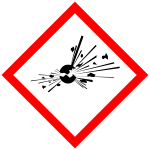
GHS02 is a hazard symbol used to indicate that a chemical substance is susceptible to burning or exploding. This symbol is used for substances that can burn or explode quickly when they come into contact with a spark, heat, or other sources of ignition. This symbol warns users of the potential danger of fire or explosion when storing, transporting, or using the chemical substance.
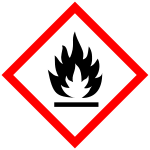
GHS03 is a hazard symbol used to indicate that a chemical substance is oxidizing. This symbol is used for products that react violently upon contact with other (flammable) substances, causing them to burn. These are professional market products that you will not find in supermarkets or hardware stores.
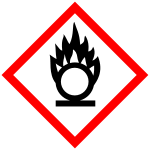
GHS04 is a hazard symbol used to indicate that a product is under pressure in a container. This symbol is used for products that are pressurized in packaging, such as sprays, gas cylinders, and propellants. This symbol warns users of the potential danger of explosion or bursting if the container is exposed to heat, sparks, or other ignition sources.
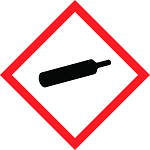
GHS05 is a hazard symbol used to indicate that a chemical substance is corrosive. This symbol is used for substances that can affect the skin, eyes, or respiratory tract and can lead to serious injuries or even blindness. This symbol warns users of the potential danger of corrosion when storing, transporting, or using the chemical substance. It is important to take proper precautions, such as wearing protective clothing and avoiding contact with the skin and eyes.
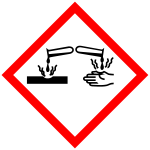
GHS06 is a hazard symbol used to indicate that a chemical substance is toxic. This symbol is used for substances that pose a serious threat upon ingestion, skin contact, or inhalation and are lethal. It warns users of the potential danger of toxicity when storing, transporting, or using the chemical substance.
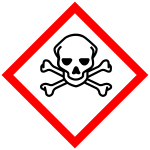
GHS07 is a hazard symbol used to indicate that a chemical substance is irritating, sensitizing, or harmful. This symbol is used for substances that can cause irritation or inflammation of the skin, eyes, or respiratory tract. It warns users to handle the chemical with care to avoid health issues.
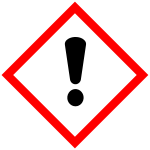
GHS08 is a hazard symbol used to indicate that a chemical substance is a long-term health hazard. This symbol is used for substances that can cause chronic health effects such as cancer, respiratory issues, reproductive toxicity, or organ damage. This symbol alerts users to the potential long-term health risks associated with exposure to the chemical.
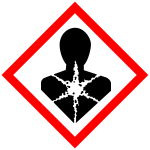
GHS09 is a hazard symbol used to indicate that a chemical substance is hazardous to the aquatic environment. This symbol is used for substances that can cause immediate and long-term adverse effects to aquatic life. This symbol serves as a warning to prevent the release of such substances into bodies of water to protect marine and freshwater ecosystems.
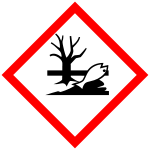
Since June 1, 2017, products with the old hazard symbols are no longer allowed to be sold. This change does not affect the end-user, products with the old hazard symbols may still be used. The current CLP Regulation is based on the globally harmonized system 'Global Harmonised System (GHS)' for the classification and labeling of chemical substances. Within this legislation, the well-known orange hazard symbols have been replaced by new, international 'red diamond' pictograms. Below you can see what the old hazard symbols have been replaced with and which are new.
